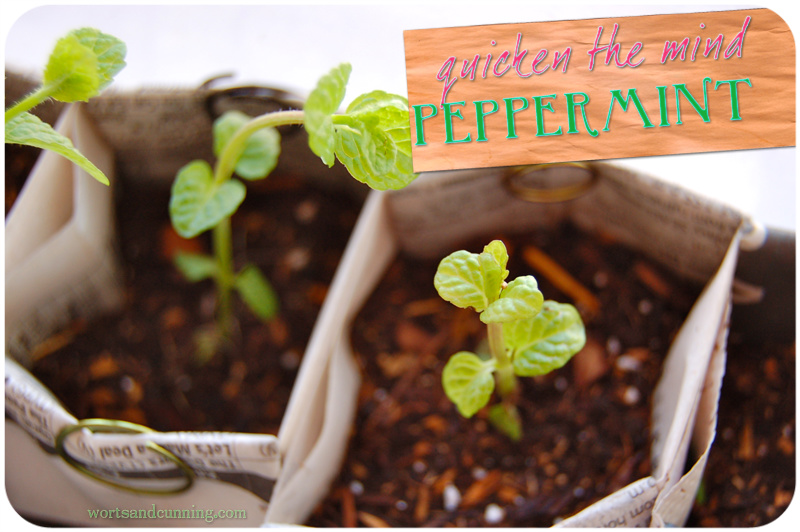The Warrior + The Healer: Yarrow
 botanical.com
botanical.com
Beware the Devil's Nettle and all its accompanying glamouries - it knows well the art of divination, the charms of love, and has an affinity for blood. The common name, Yarrow, is from the Old English gearwe which is thought to be derived from heiros, further linking Yarrow to the art of magick. Placed over the eyes, Yarrow promotes clairvoyance, and Deb Soule recommends putting the herb in sachets to help connect with the green world.
Matthew Wood puts is succinctly when describing those who might be aided by the healing powers of Yarrow: "The Wounded Warrior, the Wounded Healer." (1) For those folks who serve on the front line in their lives, who are often the first in and the last out in any endeavor, and who are prone to ignore health needs until they are lying flat on their backs. A particularly good remedy for the healers among us who have difficultly following their own recommendations of vital living, healing and resting. Yarrow is for the ones who appear strongest and are often the most sensitive and bruised - they won't let you know, but when they do the pain can seem immense and unraveling. Yarrow is an everyday tonic with the skills of a crisis manager and can help those who feel they must always be the strongest to express their vulnerabilities in ways that restore true fortitude.
Yarrow is an herb of the blood and through its ability to move blood, by releasing and contracting, it is able to help regulate high, persistent fevers. Yarrow is a good herb for general uterine congestion which can include a variety of conditions, such menorrhagia as well as amenorrhea, and is useful in the treatment of endometriosis, uterine prolapse, menopausal symptoms like night sweats and restlessness. As a blood mover, Yarrow has an affinity for the kidneys and also acts as a mover of water, addressing issues like water retention and promoting healthy discharge.
 wikipedia.org
wikipedia.org
While a hot cup of Yarrow tea will help to release heat and promote sweating, a cold cup of Yarrow tea will have a stronger affect on the stomach and kidneys, strengthening digestion and assimilation of nutrients. Yarrow is also useful in promoting circulation because it relaxes peripheral blood vessels and can be used in treating rheumatic and arthritic conditions.
Topically, Yarrow flowers and leaves can be used in hair rinses for scalp health and to prevent hair loss. The herb is also good in facial steams for acne prone skin, headaches, asthma, hay fever, and stuffed sinuses. Chew on the leaves to relieve toothache and use as an antiseptic and astringent soak for cuts, abrasions, bee stings, psoriasis, and hemorrhoids. The ever-wise Maude Grieve assures us that Yarrow tea dispels melancholy, which is reason enough to keep Yarrow nearby.
For the Wounded Warriors, Wounded Healers among us, Yarrow can be taken as a daily tonic at low doses (1 - 3 drops up to 3 times daily) for general health and well-being. Make an extract of Yarrow in a base of Witch Hazel Extract as a wonderful hemorrhoid treatment - once extracted, pour some of the blend on to a pad, chill them in the fridge, and wear for hemorrhoid pain relief and repair.










